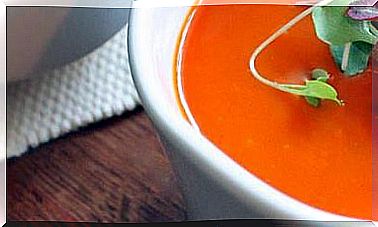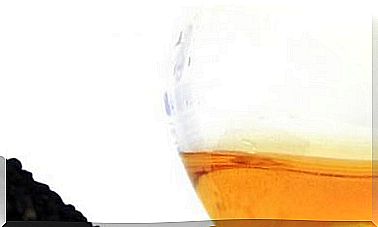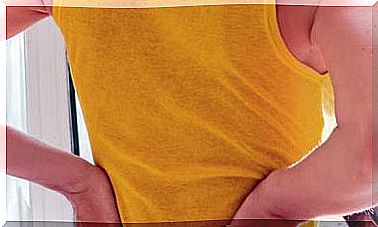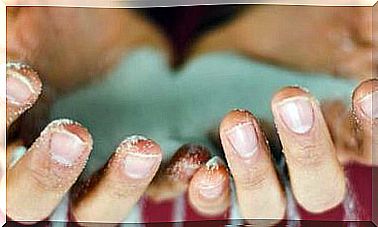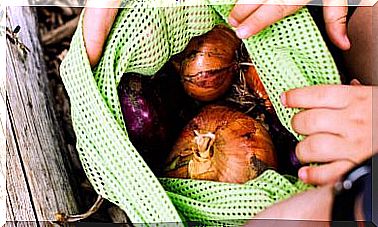Sirtuin Diet: The Solution To Lose Weight?
Singer Adele’s remarkable weight loss has brought some very interesting enzymes to the fore, but about which we still know little. What is the sirtuin diet or sirtfood diet?
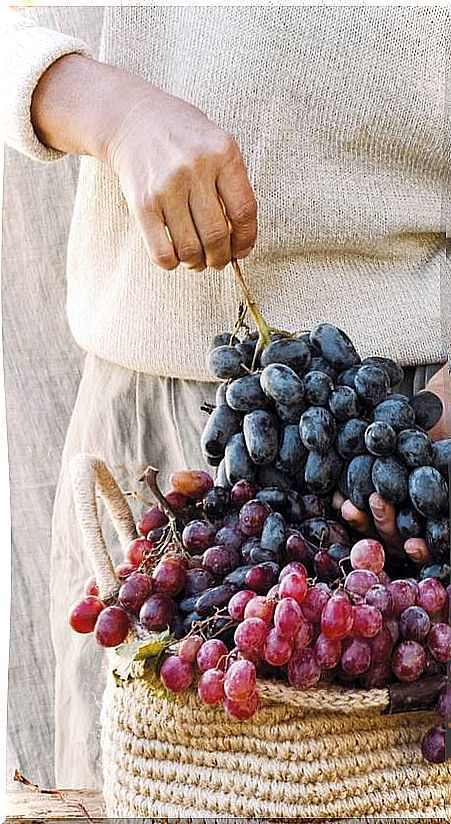
- 1. Does the “sirtuin diet” help you lose weight?
- 2. What is the “sirtfood diet”?
- 3. Why do you lose so much weight?
- 4. What exactly do sirtuins do?
- 5. What is the relationship between sirtuins and longevity?
- 6. And they have nothing to do with weight loss?
- 7. Is the scientific evidence consistent?
- 8. What foods contain sirtuins?
- 9. And the red wine, how much is named?
- 10. Is it reasonable to base your diet on these foods?
Sirtuins are protein enzymes that you have probably never heard of, or maybe you have, but in recent weeks and in relation to the weight loss of singer Adele. Her new image has revolutionized the media, who have been quick to comment that the cause of this change is that the artist follows a diet called “sirtfood”, the sirtuin diet.
In fact, these enzymes have been investigated for many years, mainly related to the delay of aging and longevity, and linked to caloric restriction. The theory on which the diet is based says that there are different compounds in food that activate the production of these enzymes. Specifically, they stimulate SIRT1, which is the gene that encodes these proteins, which in turn have an anti-inflammatory and metabolic-enhancing effect in situations of obesity and glucose intolerance.
1. Does the “sirtuin diet” help you lose weight?
Most of the studies are not only focused on weight loss, but on achieving effective treatments for diabetes and improving the life expectancy of people at high cardiovascular risk. They are also possible therapeutic targets in pathologies associated with aging, in which they can improve the quality of life in recent years.
In Spain, the University of Navarra has carried out studies on how caloric restriction activates SIRT1 in obese people, promoting weight loss and reducing oxidative stress. Whether this activation can be induced with food (rather than calorie restriction) is being studied, but research is not yet conclusive in humans.
2. What is the “sirtfood diet”?
The Sirtfood Diet is the book by two British doctors, Aidan Goggins and Glen Matten, who propose a diet with a notable caloric restriction, based on green juices and some foods that favor the action of sirtuins. It has become famous because it has been followed by Adele, the media chef Lorraine Pascale or the model Jodie Kidd.
3. Why do you lose so much weight?
The diet advertises that more than 3 kg are lost in a week. Is it because of the sirtuins? No. Extremely hypocaloric (the first few days it barely reaches 1,000 kcal), it is a very low carbohydrate diet. This supposes a depletion of hepatic and muscular glycogen along with the accompanying water, and this is what produces the so striking weight loss.
4. What exactly do sirtuins do?
Sirtuins are protein enzymes that modify other proteins in a way that reduces oxidative stress in cells and helps them survive in adverse conditions. They promote DNA repair and increase its energy efficiency.
5. What is the relationship between sirtuins and longevity?
Much scientific literature relates sirtuins to a longer and healthier life thanks to the cellular protection they confer. But almost all of the research relates to calorie restriction (not diet), and there is still very little quality research in humans.
6. And they have nothing to do with weight loss?
We know that SIRT1 and 3 are activated by caloric restriction (which causes weight loss in itself) and that their production improves metabolic problems such as high blood glucose. In theory, if they can be activated with food, no restriction is necessary.
7. Is the scientific evidence consistent?
No, in humans we do not yet have conclusive evidence that this really happens. In fact, we see that the diet we are discussing is very hypocaloric in several of its phases, which is why it continues to resort to caloric restriction to achieve that SIRT activation.
8. What foods contain sirtuins?
Plant foods rich in antioxidants are the ones that activate SIRT1 the most. They do not contain sirtuins, but compounds, such as some polyphenols, capable of activating their production. Some are kale, red berries, green tea, and extra virgin olive oil.
9. And the red wine, how much is named?
As much as red wine contains polyphenols, which can activate SIRT1, recommending it is not an option, since the less alcohol the better. We can find polyphenols in other foods without consuming an alcoholic drink: grapes and other fruits, onions, legumes, etc.
10. Is it reasonable to base your diet on these foods?
They are healthy foods and their consumption is advisable (except wine). But there are also many other healthy foods that that selection leaves out and there is no reason to exclude them, even more so when there is no conclusive scientific evidence to support the “Sirtfood diet.”
11. What if I do intermittent fasting?
Scientific evidence links the activation of sirtuin production with caloric restriction, so the intermittent fasting strategy (in vogue in recent years) could work in this regard, according to Dr. Martin Wegman of the University of Florida.



